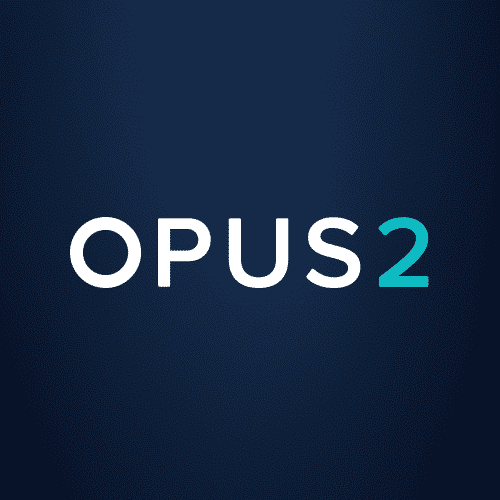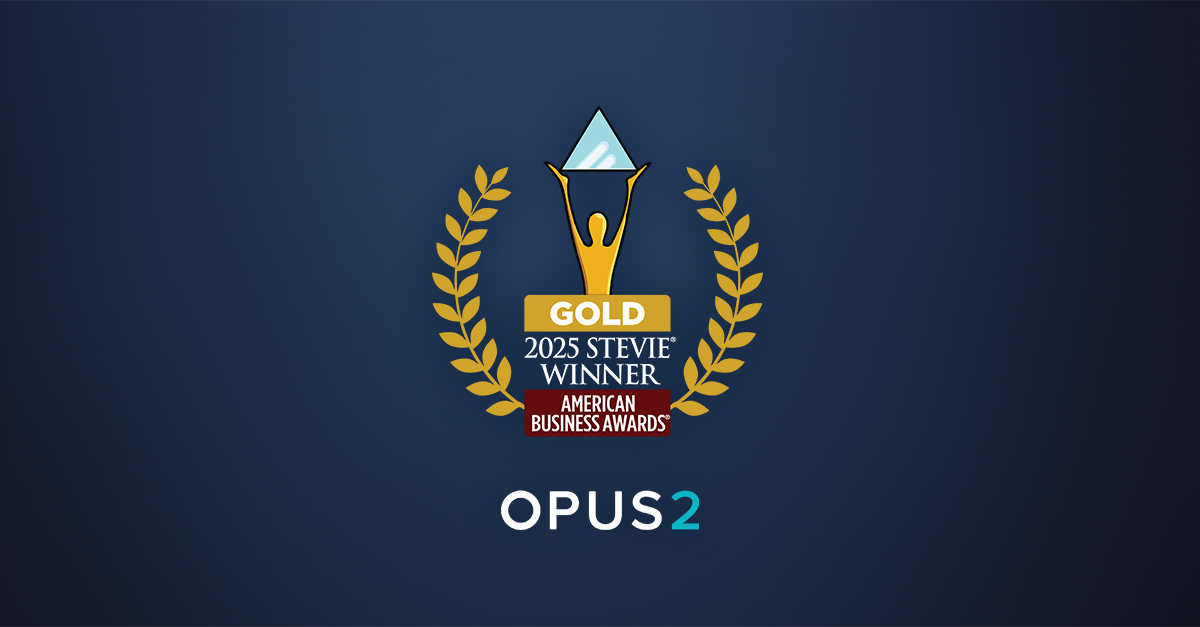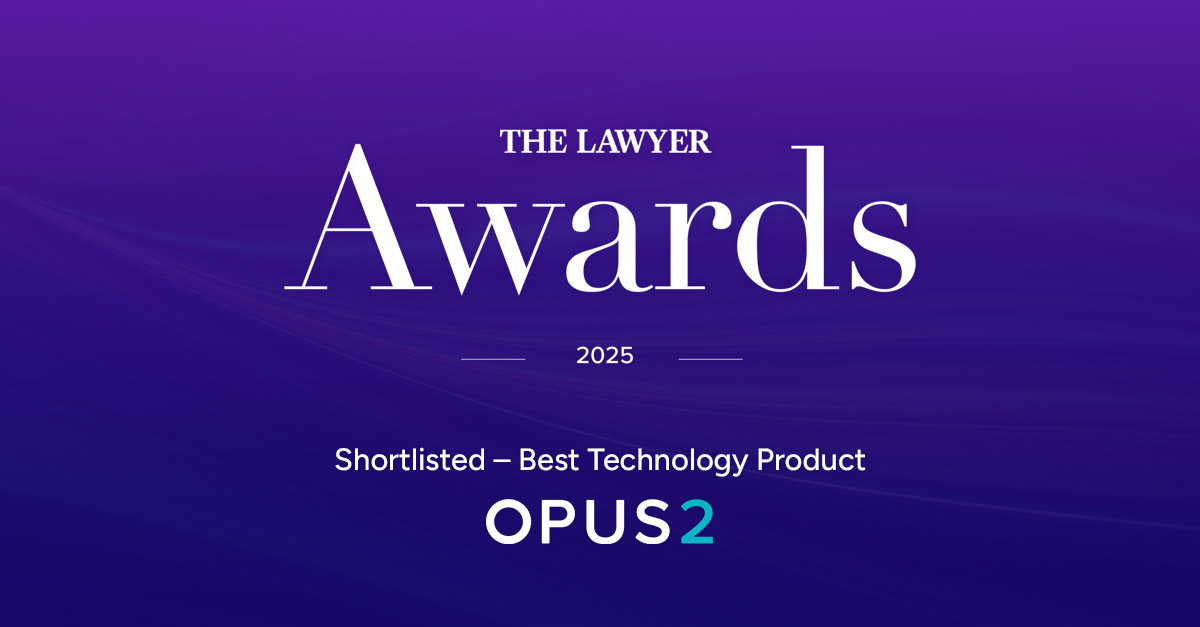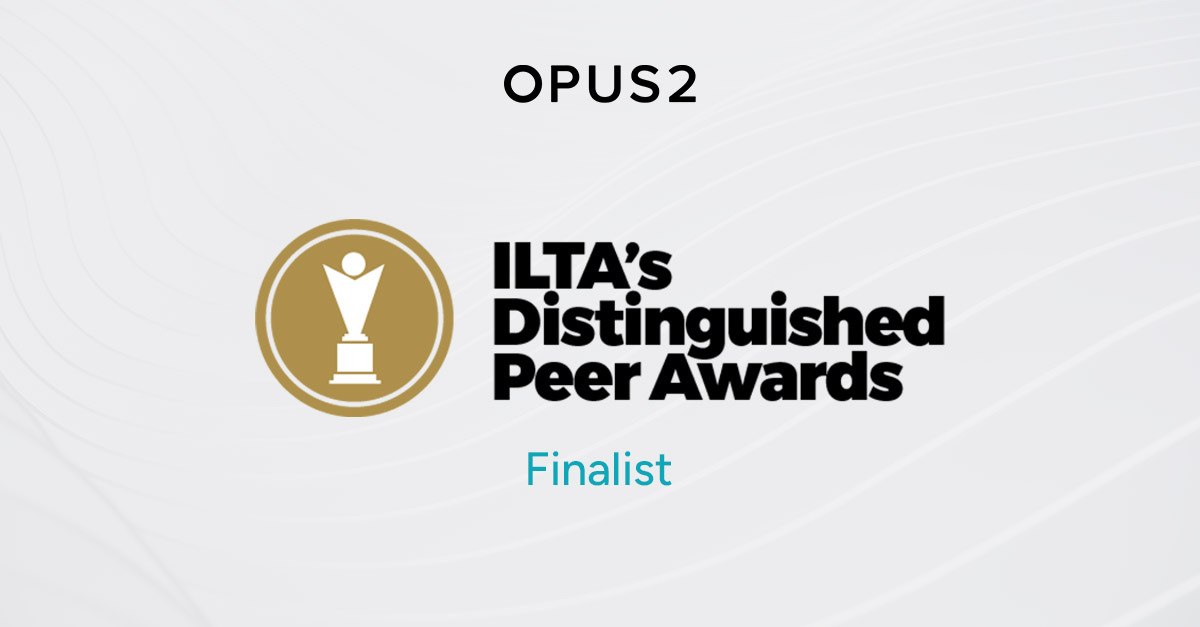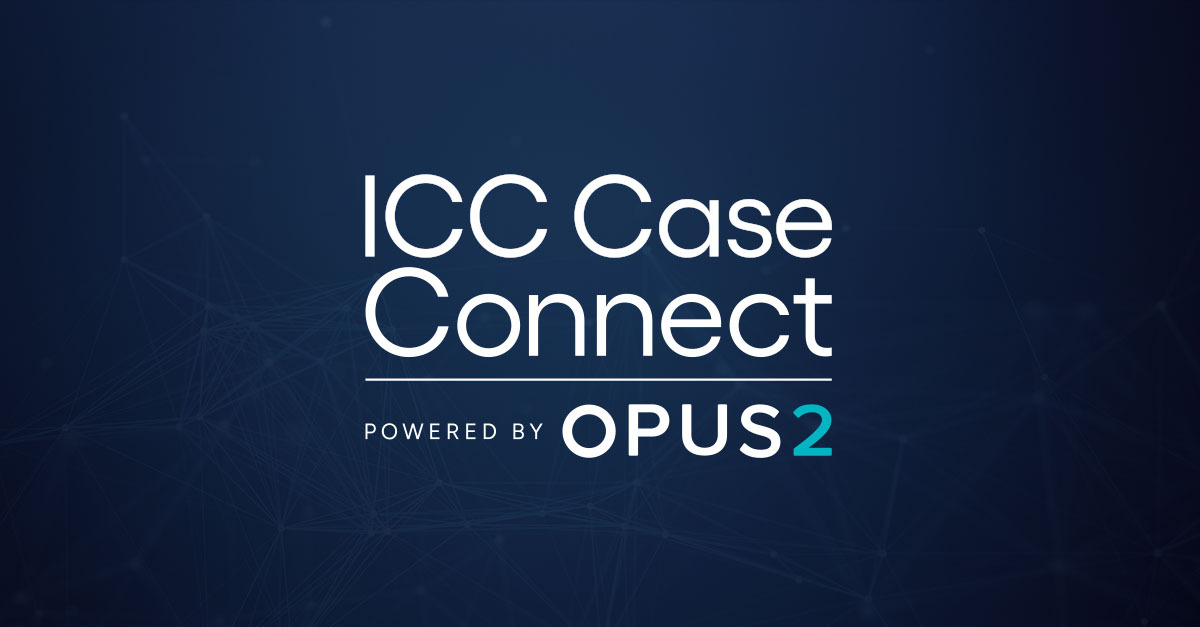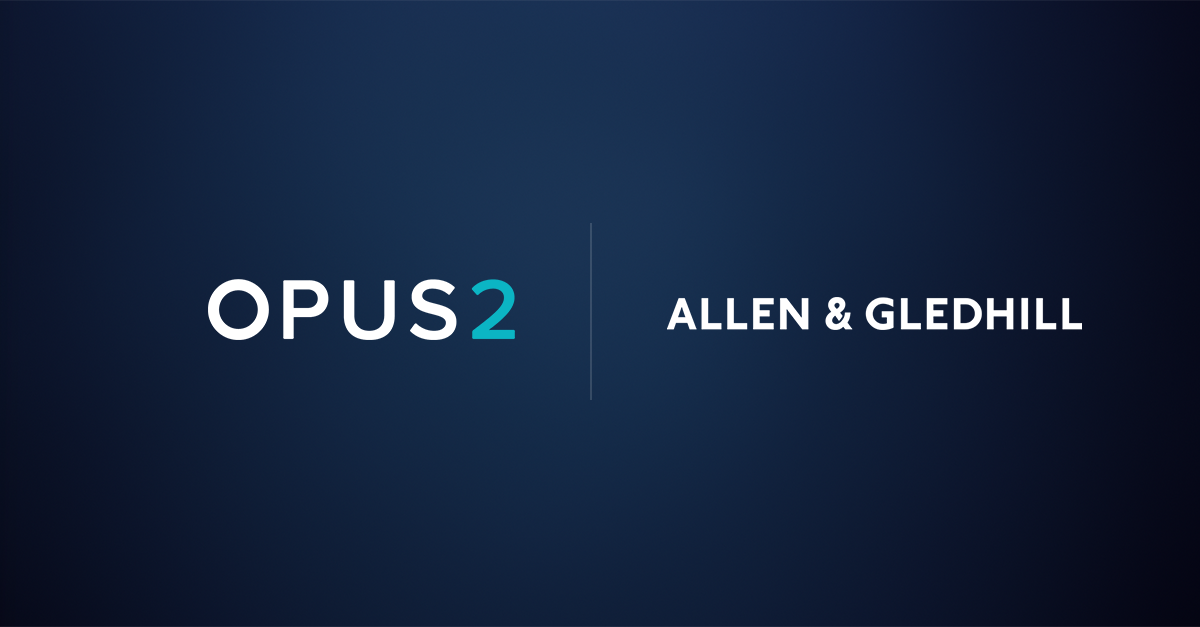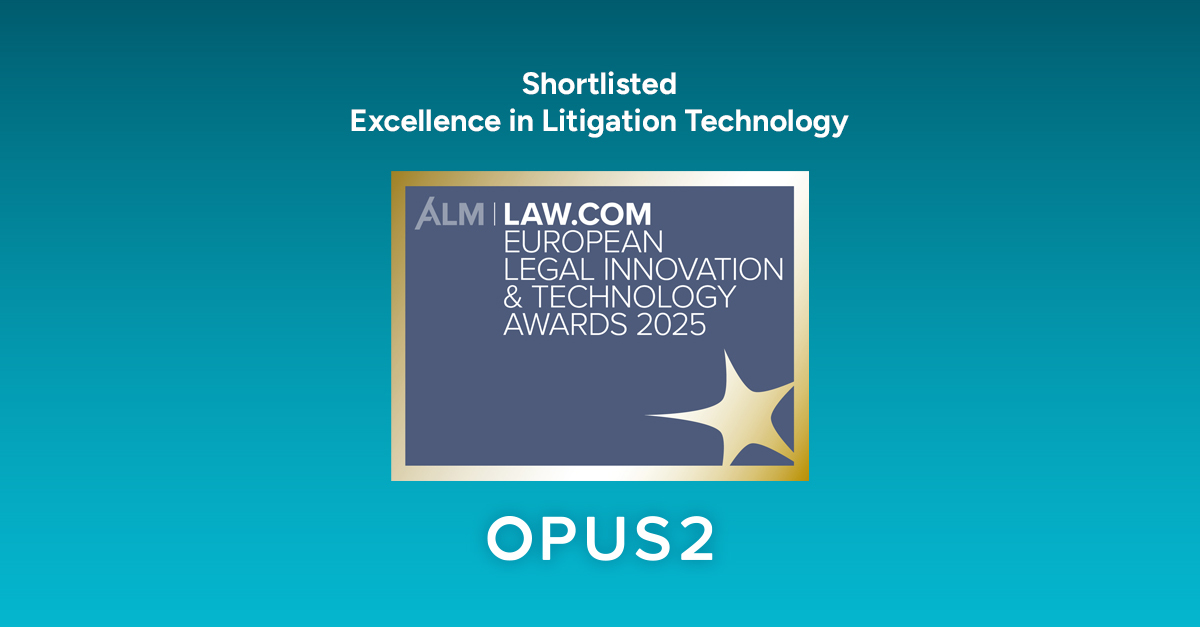In-court confidentiality obligations are complex, demanding, and increasingly critical to dispute resolution proceedings. Confidentiality rings—court-approved mechanisms that restrict access to sensitive documents—have become a key tool for balancing transparency with the need to protect privileged information.
As legal teams navigate complex cases, the demand for confidentiality rings is expected to grow, requiring a proactive approach to managing documents. This article takes a closer look at what confidentiality rings are and best practices for setting up and managing them.
What are confidentiality rings?
Confidentiality rings are legal arrangements that allow certain parties access to confidential documents while restricting others. They are particularly prevalent in Competition Appeal Tribunal (CAT) hearings and commercial litigation, where sensitive financial or corporate information must be shielded from certain parties, such as shareholders or competitors.
Recent case law reinforces the growing significance of confidentiality rings. In November 2024, the English Commercial Court overturned the “Shareholder Rule” in Aabar Holdings S.à.r.l. v. Glencore Plc.
In the past, the Shareholder Rule allowed shareholders to access documents that would have been covered by privilege unless they were connected to litigation between the shareholders and the company. Now, it will be more challenging for shareholders to obtain a company’s privileged documents. Aabar Holdings has appealed the case to the Supreme Court.
As confidentiality rings become more commonplace, legal teams must refine their approach to handling restricted materials efficiently and in compliance with court requirements.
Best practices for setting up confidentiality rings
1. Plan document bundles carefully
Successful confidentiality management starts with meticulous preparation. Planning your bundle structure in advance ensures clarity, prevents confusion during hearings, and avoids last-minute scrambling.
First, separate documents by access levels. There are two main approaches to restricting access:
- Workspace-level access: Some folders are visible only to specific workspaces. For example, legal teams see all documents, but clients have limited access.
- User-level access: Certain documents are accessible only to approved users within a workspace, requiring clear approval processes.
Second, choose the right structure for your folders. Three main structures have proven effective:
- Duplicate structure: Confidential and nonconfidential versions mirror each other, using matching reference numbers. For example, creating versions like, Public: A/1, Outer Confidential: OA/1, Inner Confidential: IA/1.
- Standalone bundle: All confidential documents are grouped in one folder. For example bundles named, CON1/1, CON2/1.
- Claim-specific bundles: Separate bundles for different claims, ensuring each is visible only to relevant parties.
2. Engage experts early
Early discussions with legal and technology experts help streamline confidentiality arrangements. Key steps include these:
- Identify confidentiality requirements early in case preparation.
- Define access permissions to align with court rules and case strategy.
- Leverage technology to apply document-level restrictions efficiently.
3. Build extra time into the process
Confidentiality rings add logistical complexity to case preparation. Add time to your process to take these steps:
- Flag confidential documents during the upload process to prevent last-minute confusion.
- Grant user-specific or workspace-specific access, which can take more time than expected, especially in multiparty disputes.
- Give clear instructions to your team and electronic presentation of evidence (EPE) operators for handling restricted documents.
The future demand for confidentiality rings
In the wake of the Aabar Holdings decision, confidentiality rings are likely to become even more vital in litigation and arbitration hearings. Legal teams that proactively take steps to manage privileged documents will be best positioned to protect confidential and sensitive material.
By planning ahead, involving experts, and using proven protocols, you can confidently meet the demands of confidentiality rings, today and in the future. And Opus 2 can help at every step.
In 2024, Opus 2 applied special document permissions in 85 separate instances across 35 hearings spanning various hearing types and jurisdictions. While this represents a fraction of the cases served by Opus 2 Hearings, it reflects a trend: the future of legal proceedings will demand more robust confidentiality measures.
Our track record in confidentiality management—from extensive experience across hearings to proven software and services solutions—ensures your legal team is equipped to handle even the most complex cases. Contact us to learn more about how we can support you to protect confidentiality in your next hearing.
